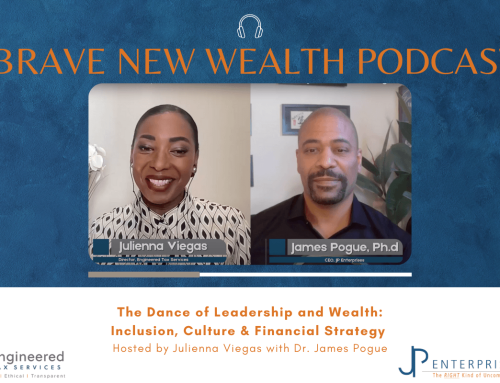“Diversity is being invited to the party; inclusion is being asked to dance” – said by the great Verna Myers, a diversity, equity and inclusion consultant, expert and pioneer.
In recent years, terms like diversity, inclusion, equity and belonging have become dominate in discussions about creating fair and equitable environments. If you’ve followed JPE for a while, you may even be familiar with The DIBs Big 9 framework.
While each of these are interconnected, they each represent distinct aspects of fostering a positive and supportive environment. Understanding the differences between them—and their importance—can help organizations and communities build spaces where everyone can thrive.
Diversity: The Foundation
Diversity refers to the differences within a group. This includes visible attributes such as race, ethnicity, gender, age and physical ability, as well as less visible dimensions such as sexual orientation, socio-economic status, religion and life experiences.
Diversity is the starting point. It ensures that various perspectives and experiences are represented. For example, having a diverse team means bringing together a range of viewpoints and backgrounds, which can enhance creativity, problem -solving and decision making. However, simply having diversity is not enough to ensure a positive or productive environment; it is just the beginning.
Inclusion: The Integration
Inclusion is about the practices and actions that create an environment where diverse individuals feel welcomed, valued and able to fully participate. It’s about ensuring that everyone, regardless of their background or identity, can contribute and contribute successfully. Inclusion involves fostering a culture where differences are respected and leveraged for collective success.
Inclusion is essential for making diversity meaningful. Without inclusive practices, a diverse group may not function effectively, and its members might feel marginalized or disconnected. Inclusion turns diversity from a superficial attribute into a strategic asset by integrating diverse perspectives into decision-making processes and daily operations.
Equity: The Fairness
Equity is about providing fair opportunities and resources to individuals, recognizing that different people have different needs and starting points. It involves addressing imbalances and ensuring that everyone has access to the same opportunities for success. Equity goes beyond equality, which means treating everyone the same; instead, equity acknowledges that different individuals might need different support to achieve similar outcomes.
Equity ensures that everyone has a fair chance to succeed. It addresses systemic barriers and biases that might prevent certain groups from accessing the same opportunities as others. By focusing on equity, organizations and communities can create more just and balanced environments where all individuals have the support they need to reach their full potential.
Belonging: The Connection
Belonging is about creating a sense of connection and acceptance. It refers to the emotional experience of feeling like you are an integral part of a group or community. When individuals feel they belong, they are more likely to be engaged, motivated, and productive. Belonging is the culmination of successful diversity, inclusion and equity efforts.
Belonging goes beyond simply being included or having access to opportunities. It encompasses the feeling of being genuinely accepted and valued for who you are. When people feel a sense of belonging, they are more likely to do their best work, collaborate effectively and remain committed to the organization or community.
How We Bring It All Together
Diversity, Inclusion, Equity and Belonging are all interrelated but distinct concepts that together create a thriving environment:
- Diversity brings together varied perspectives and backgrounds.
- Inclusion ensures that these diverse perspectives are integrated and valued.
- Equity addresses barriers and provides fair opportunities for everyone.
- Belonging fosters an environment where individuals feel connected and accepted.
To build a truly supportive, successful and yes, profitable environment, organizations need to address all four areas. Here’s how to approach it:
- Assess and Enhance Diversity: Look at the composition of your group or organization and strive for a range of perspectives and backgrounds.
- Cultivate Inclusion: Implement policies and practices that promote participation and respect for all individuals.
- Promote Equity: Identify and address systemic barriers to ensure fair access to opportunities and resources.
- Foster Belonging: Create a culture where individuals feel a genuine sense of connection and acceptance.
Understanding and addressing diversity, inclusion, equity, and belonging is crucial for creating environments where everyone can succeed and feel valued. By recognizing the differences between these concepts and prioritizing them, we can build more effective, supportive and innovative environments. In doing so, we not only enhance individual and collective success but also contribute to a more just and equitable society.





